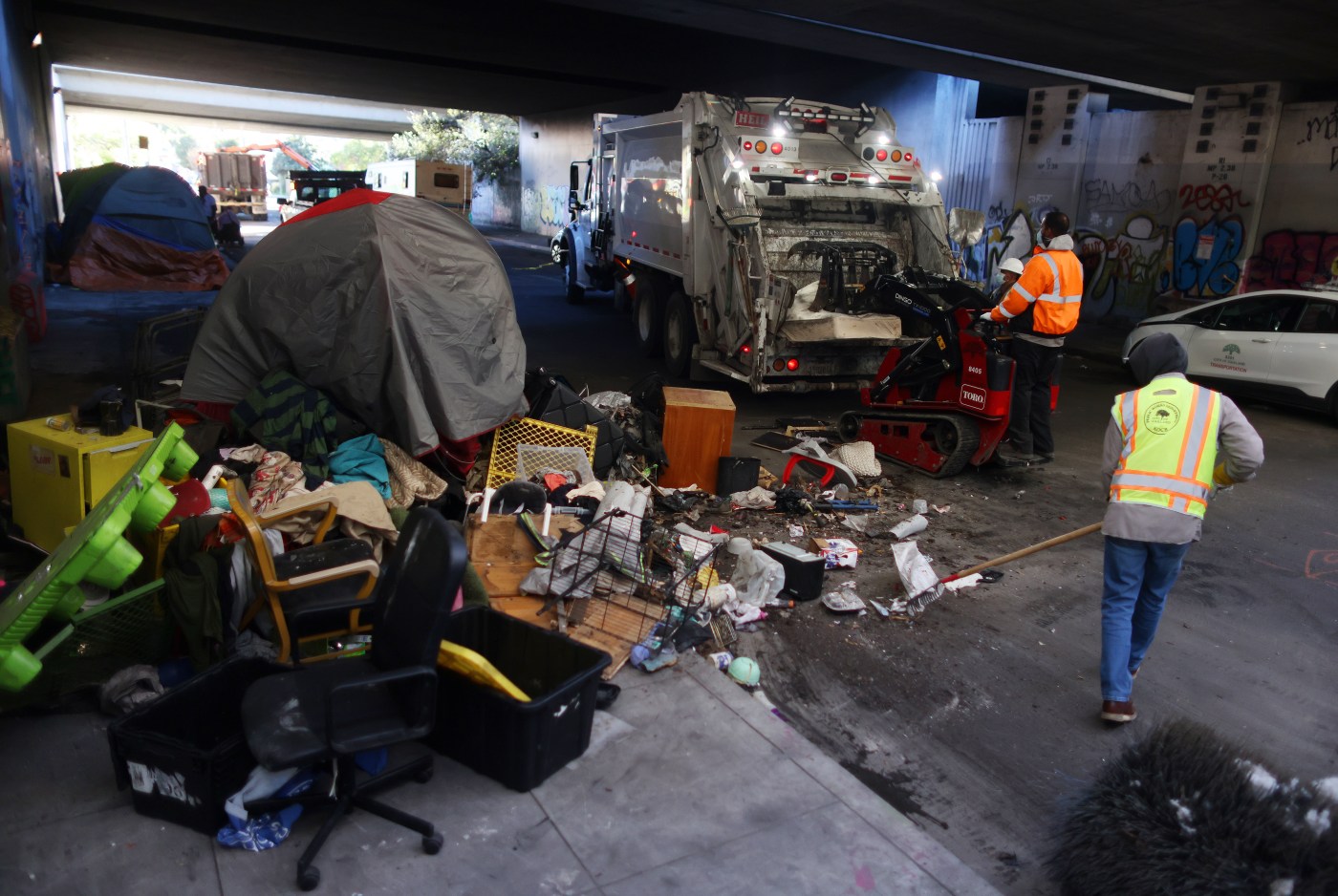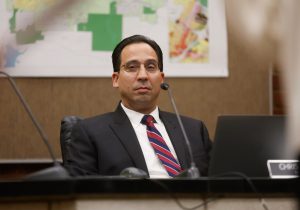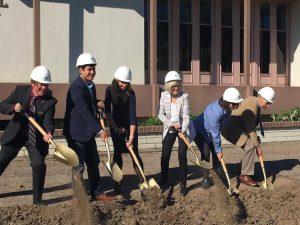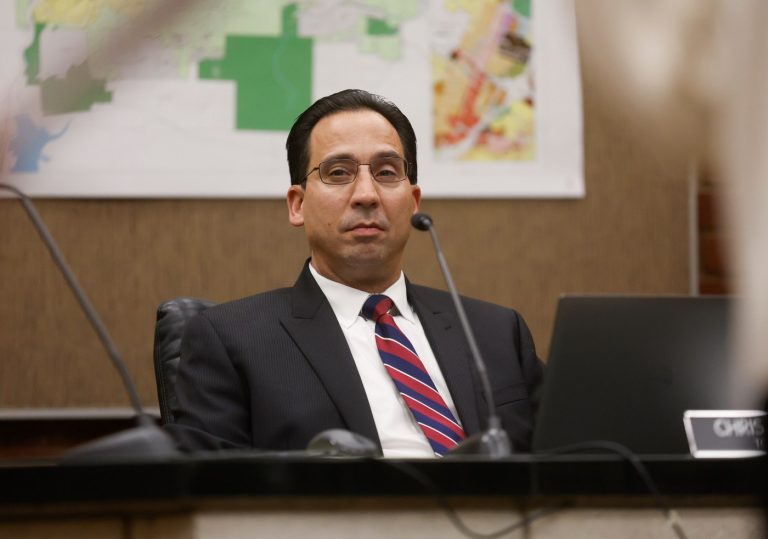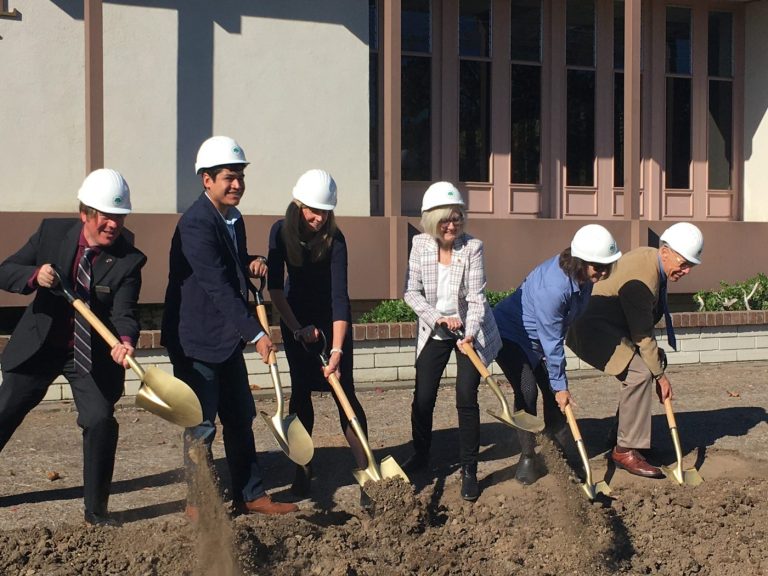After a landmark U.S. Supreme Court ruling last summer granted local governments broad new authority to clear homeless camps, the mayors of the Bay Area’s three major cities vowed to ramp up sweeps.
San Jose and Oakland appear to be making good on that promise by escalating encampment enforcement in recent months, according to a Bay Area News Group review of camp closures reported by city officials.
But San Francisco — where recently ousted Mayor London Breed had touted a “very aggressive” crackdown on homeless camps — reported no increase in sweeps.
San Jose Mayor Matt Mahan, who’s made overhauling the city’s homelessness policies among the central goals of his administration, said his priority is quickly closing encampments that pose serious public health and safety risks while also adding many more shelter beds.
Some neighborhoods in San Jose are already starting to see the benefits of closing more camps, Mahan said. But he was quick to acknowledge that thousands of homeless people remain spread across city streets, parks and waterways.
“Residents aren’t going to be satisfied with that, and neither am I,” said Mahan, who sailed to re-election in March. “The scale of the problem has been so great. … No one city can solve this problem.”
As public frustration continues to grow over sprawling encampments in nearly every corner of the region, so does the pressure on local officials to take a tougher stance on homelessness — a crisis lacking a centralized, regionwide response.
Meanwhile, police responded separately last week to a fatal shooting at an East Oakland camp and a nonfatal shooting near a large encampment in San Jose.
Despite unprecedented billions spent to stem the crisis, the nine-county Bay Area’s unhoused population has surged 46% over the past decade to more than 38,000 people, larger than the entire town of Los Gatos. More than half live in San Jose, Oakland or San Francisco.
Under the U.S. Supreme Court ruling, cities throughout the Western states are now free to enforce strict no-camping laws. Crucially, the decision also removed the expectation that officials provide homeless people shelter before clearing their camps.
Still, local officials say they remain committed to connecting as many encampment residents as possible to shelter and services ahead of sweeps, though few cities have anywhere near enough beds for all who need them. And even when shelter space is available, homeless people sometimes turn it down or end up back on the streets after temporary stays.
A person pulls a cart in the homeless encampment along Coyote Creek near Tully Road on Wednesday, Jan. 15, 2025, in San Jose, Calif. (Dai Sugano/Bay Area News Group)
Some experts and advocates, meanwhile, contend that sweeps are traumatizing for camp residents, whose belongings are often confiscated and who are separated from encampment communities. They maintain the focus should be on investing in permanent affordable housing with supportive services, such as drug treatment and mental health care.
“In Oakland, the same sites are getting swept over and over again, and it kind of shows the futility of using sweeps as an instrument of homeless management,” said Dr. Jaime Chang, a homelessness researcher at UC Berkeley.
Beneath a graffiti-pocked underpass at Martin Luther King Jr. Way and 42nd Street in Oakland earlier this month, Jason Wells packed his belongings and prepared to leave a longstanding encampment he’d called home for about three months.
“I don’t want to. But I gotta go somewhere,” he said quietly.
City officials and employees work to clear and close down a homeless encampment along 42nd Street between Telegraph Avenue and Martin Luther King Jr. Way on Wednesday, Jan 8, 2025, in Oakland, Calif. (Aric Crabb/Bay Area News Group)
City staff hadn’t offered him an indoor place to stay before a planned sweep, Wells said, and he didn’t know where he would end up next.
After giving camp residents a week’s notice, city clean-up crews arrived early in the morning to haul away residents’ belongings and debris scattered across the street. A half-dozen police officers cordoned off the underpass and stood watch.
More and more scenes like this have unfolded across Oakland since the June 28 Supreme Court decision, known as Grants Pass v. Johnson. Following the ruling, former Mayor Sheng Thao issued an executive order in September directing city agencies to work together to speed up sweeps in an effort to “return public spaces to the public.”
City data shows a dramatic spike in the rate of sweeps after the decision. From November 2023 through June 2024, Oakland recorded an average of nine sweeps a month. That average tripled to 27 sweeps during the next five months, from July through November.
Oakland has an estimated 5,490 homeless people, the smallest total of the Bay Area’s three major cities, but the highest per-capita rate of homelessness. Two-thirds of Oakland’s unhoused residents live on the street, while the rest stay in shelters.
In part due to frustrations over sprawling street encampments, voters in November recalled Thao, who now faces an indictment in a federal corruption probe. That month, the city swept 41 encampments — the vast majority after Election Day.
It’s unclear if a new mayor will change Oakland’s approach to homelessness. Oakland Councilmember Kevin Jenkins was appointed interim mayor Jan. 6, and a special election will be held April 15.
Oakland officials did not respond to multiple requests to discuss the city’s encampment policy.
Over the years, city officials had repeatedly promised to close the underpass encampment in a tree-lined residential neighborhood, housed resident Monte Dime said. The area was cleared out for a few months at one point, he said, but the camp “eased back.”
That meant scuffles between campers, fires that threatened BART tracks above and occasional violence, Dime and other neighbors said.
City leaders “shouldn’t have let it get this bad,” he said.
In San Jose, during the eight months leading up to the Supreme Court ruling, the city cleared an average of 31 encampments a month. Over the five months after the decision, that average shot up to 53.
A row of RVs are parked along Chynoweth Avenue on Wednesday, Jan. 15, 2025, in San Jose, Calif. (Dai Sugano/Bay Area News Group)
Mahan said that while the ruling provided “legal clarity” around encampment enforcement, the main reason for the jump was that the city hired more staff to its “encampment resolution” team. City officials said San Jose spends around $25 million a year disbanding and cleaning up camps.
“The increase is less a response to Grants Pass than a ramp up over the last two years of a new strategy or a new approach that we’ve been able to implement for my first two budgets,” Mahan said.
That approach also includes the goal of adding 1,000 shelter placements in tiny homes, converted motels, safe overnight parking lots and at least one city-sanctioned encampment this year, Mahan said. The city has an estimated 6,340 homeless people, about 70% of whom are without shelter.
In some cases, Mahan sees sweeps as a way to compel homeless people who may be resistant to accepting shelter to come indoors and connect them with needed services. Unhoused people sometimes turn down shelter for a range of personal reasons, from safety concerns to a reluctance to follow curfews and other rules.
“It’s about offering safe and dignified shelter and, when it’s available, requiring people to use it,” he said.
San Jose Mayor Matt Mahan looks at a homeless encampment as he hosts a walk-along at the Guadalupe River near Coleman Avenue in San Jose, Calif., on Monday, June 17, 2024. (Dai Sugano/Bay Area News Group)
In San Francisco, former mayor Breed praised the Supreme Court decision and pledged to “be very aggressive and assertive in moving encampments.”
The city’s own data tells a different story.
From November 2023 through June 2024, the city carried out 54 sweeps per month on average. That declined slightly to an average of 52 sweeps over the next five months. In fact, city data shows that sweeps reached a peak in San Francisco in April 2024, with 77 sweeps — two months before the Supreme Court’s decision.
“It looks like we bumped up a lot in April 2024, and then we went back down to our average,” said Denny Machuca-Grebe, a spokesperson for the city Department of Emergency Management.
Related Articles
San Jose bulks up enforcement on RV encampments
Silicon Valley homeless nonprofit sues Microsoft over disrupted email access
Bay Area homeless population rose to a record 38,891 people in 2024
This housing program keeps California college students off the streets and in the classroom
How to find emergency California student housing: A resource guide
In October, city officials claimed the number of tents in the city reached its lowest point — 242 tents and structures — since employees began keeping that data in 2018. San Francisco has an estimated 8,323 unhoused residents, about half of whom are unsheltered.
“The city had been conducting encampment resolution operations well before the Grants Pass ruling and will continue to do so,” spokesperson Noel Sanchez said in an email.
Still, voters’ anger over homelessness helped fuel Breed’s defeat to current Mayor Daniel Lurie, who took office earlier this month.
Across the Bay Area’s three big cities, there’s reason to expect even more sweeps in the months ahead.
Abandoned shopping carts and trash lie in Coyote Creek at the homeless encampment near Tully Road on Wednesday, Jan. 15, 2025, in San Jose, Calif. (Dai Sugano/Bay Area News Group)
Lurie has pledged to move faster to get tents off San Francisco’s streets. In Oakland, voters made clear they want more action on encampments. And in San Jose, the city is pushing ahead with a plan to move 500 homeless people living along its polluted waterways to shelters or sanctioned camps, though even more people may need to be cleared.
Brianna Daniels, 34, lives in a tent pitched on a dusty embankment above San Jose’s Coyote Creek. That’s where police responded last week and found a man injured by gunfire. She said officials have yet to offer her a shelter bed.
Brianna Daniels cleans up inside her tent at the homeless encampment along Coyote Creek near Tully Road on Wednesday, Jan. 15, 2025, in San Jose, Calif. (Dai Sugano/Bay Area News Group)
If Daniels and others are swept without a place to go, she said they’d likely head further into the thicket of brush and live oaks shading the creekbed.
“Probably just deeper down the trail,” she said. “Deeper and deeper.”
Staff reporter Jovi Dai contributed reporting.
